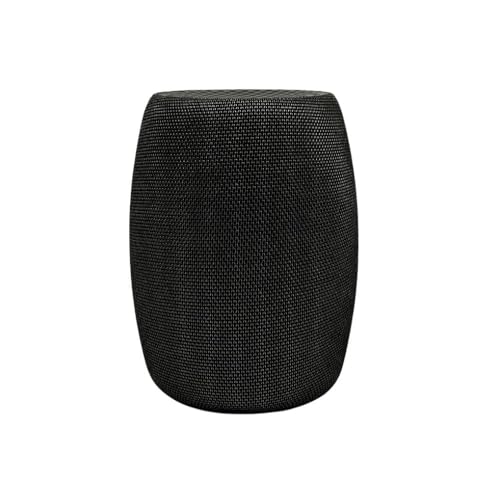When selecting an Internet Service Provider, you have to understand the different providers and what they offer as each option caters to different needs and geographic availability. The most common types of ISPs are DSL like Centurylink, AT&T, Frontier, etc. Cable providers like Xfinity, Spectrum, Cox Communication and BrightHouse just to name a few. There is Satellite providers like Viasat, HughesNet, Starlink and others, Fiber-optic services like Verizon Fios, Ziply, and more. There is now a push for 5G Home internet from Verizon, AT&T, and T-Mobile. Each type operates on different technologies, impact connection speed, and vary in performance.
DSL uses existing telephone lines to provide internet access. It offers moderate speeds and a stable connection, making it suitable for moderate browsing and streaming. One of the advantages of DSL is its availability in suburban and rural areas, where other technologies may not reach. However, the speed can diminish with distance from the provider’s central office, and it may not handle multiple high-demand activities simultaneously as effectively as other options. In my area, I run into this issue all the time. Centurylink is the DSL provider in the area, and the speeds out on the outskirts of town, out in the country, etc. roughly land about 3mbps – 7mbps on a good day. Several issues I also have encountered is weak and or dropped signal to the customers home, very old equipment use, lack of customer engagement can arise. are that is the only provider out there for them to choose, because it is cheap. Or, they have tried to get another provider out there, but if they want services, it could cost upwards of $13,000 for another provider to run the line, trench the line to the property, install hardware, etc.
Cable internet from companies like Xfinity/Comcast, Charter/Spectrum, BrightHouse, Cox Communication, and others employs coaxial cables originally designed for television services. It then connects to a high speed modem typically using DOCSIS 3.0 or higher. This method generally provides much faster speeds than DSL, and it is suitable for high-definition and 4K streaming, online gaming, and larger households. It also introduces the ability for the cable provider to provide “Wireless” cable boxes so you can connect your television to cable tv, without the need of the coaxial cables. However, cable service can be affected during peak usage times when many users are online simultaneously, leading to potential slowdowns. I personally have also noticed service interruptions during the summer months as the cable lines expand and contract due to heat and cooling.
HughesNet, Exceed, WildBlue, and other Satellite internet serves areas with limited terrestrial infrastructure by connecting users to satellites orbiting the Earth. While it can reach remote locations where other ISPs cannot, it often has higher latency and data caps, making it less ideal for activities requiring real-time communication. The installation process can also be more complex due to the necessary satellite equipment. This service also is not really intended for someone that wants to stream their entertainment content on a regular basis. The service is really designed to provide the ability to use the internet, access email, social media, some YouTube or Netflix (but be careful of the data cap!). 5 to 10 years ago, this service was a god send! Now, due to the changes in the internet and how we use it, as well as the demand, this service to me, does not meet the need.
Starlink is another Satellite internet provider. The difference is, Starlink currently has over 7,100 satellites that orbit the Earth in LEO (Low Earth Orbit) which is closer than the other Satellite internet providers satellites. So, speed, latency and the ability to take the internet modem and antenna with you where-ever you go, and still have super-fast low latency internet, is a game changer! Here is my referral if you are interested in Starlink! I also have an article on Starlink, and the reason why I went with it. You should check that out.
https://www.starlink.com/residential?referral=RC-1967895-30155-74&app_source=share
Fiber-optic internet like Verizon FiOS, Google Fiber, AT&T, Ziply and others are the most technologically advanced option, utilizing light signals through glass fibers to provide extremely fast speeds and high reliability. However, it is currently less widely available than other options, with service concentrated in urban areas. Despite its advantages, such as high download and upload speeds, fiber-optic installation can be expensive, which may deter some consumers.
In conclusion, understanding the different types of internet service providers can help consumers make informed decisions based on their location, speed requirements, and usage patterns. Each type has its advantages and disadvantages, which should be considered when selecting the most suitable ISP for individual needs.
I have below, some of the Cable, DSL and other types of modems, if you plan on or want to purchase your own equipment instead of renting their equipment per month.
DSL Modems:
Cable Modems:
- Ultra-fast DOCSIS 3.1 performance paired with a 2.5 Gbps ethernet port for true multi-gig internet speeds.
- Approved for Comcast Xfinity, Cox, Spectrum, RCN and Astound and supports the fastest internet plans available. The prod…
- Superior next generation technology but pays for itself. Owning your own modem eliminates up to $168 per year in monthly…
- Approved for Cox, Spectrum and Xfinity internet along with other US cable internet providers. Is NOT compatible with ATT…
- Does NOT include Wi-Fi and Does NOT support cable digital voice service.
- The SURFboard SB8200 is compatible with major U.S. cable internet providers including Cox, Spectrum, Xfinity and others….







